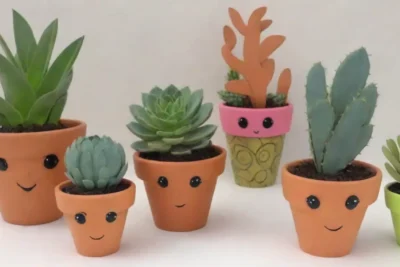
Designing Your Own Succulent Bowls for a Chic Centerpiece
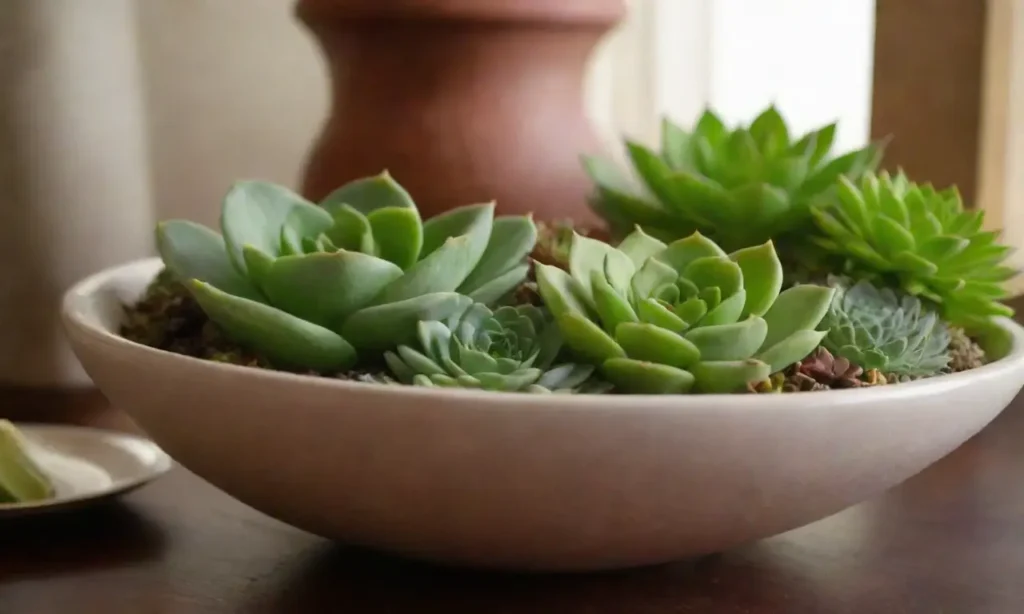
Introduction
Succulents have taken the world of interior design by storm due to their unique shapes, vibrant colors, and low maintenance requirements. These charming plants are perfect for adding a touch of nature to any space—whether it's your living room, dining table, or office desk. Their popularity stems from their ability to flourish in various environments while offering a chic aesthetic that suits almost any décor style, from minimalist to bohemian. In recent years, succulent bowls have become a trendy option for creating beautiful and sustainable centerpieces that enhance the ambiance of any setting.
In this article, we will dive deep into designing your very own succulent bowls to craft a stunning centerpiece for your home or event. We will cover everything from selecting the right succulents to the design process, care tips, and even how to arrange them for maximum visual impact. By the end of this guide, you will have all the tools and knowledge to create a show-stopping succulent bowl that showcases your personal style while bringing life into your space.
Choosing the Right Succulents
Selecting the right succulents is an essential first step in creating a chic centerpiece. There are numerous varieties available, each with its own color, texture, and growth habit. When choosing succulents for your bowl, consider the following factors:
Understanding the Different Types of Succulents
Succulents come in various shapes and sizes. Some popular types include Echeveria, Aloe, Sedum, and Haworthia. Echeveria succulents feature rosette-shaped leaves that come in various colors, making them perfect for adding a pop of vibrancy to your bowl. On the other hand, Aloe plants, known for their medicinal properties, offer striking silhouettes with their elongated leaves and can serve as tall accents in a succulent arrangement. Sedum varieties often spread wonderfully, making them ideal for creating cascades that flow over the sides of your bowl. Lastly, Haworthia provides a unique striped texture that adds depth to the composition.
Color and Texture Combinations
To create a visually appealing centerpiece, consider combining succulents with different colors and textures. For instance, pairing a vibrant pink Echeveria with the muted greens of a Haworthia creates an eye-catching contrast. Additionally, incorporating succulents with different shapes—such as the round leaves of Echeveria against the spiky arms of an Aloe—adds dimension and keeps the arrangement from looking flat. Think about the overall look you want to achieve: a harmonious blend of colors, or perhaps a bold, contrasting display?
Seasonal Succulent Selections
Consider the seasons when choosing your succulents. In spring or summer, opt for succulents that thrive in warm weather, such as Jade Plant and String of Pearls. In autumn, you might lean towards those known for their beautiful fall colors, like Sedum Autumn Joy, which has a rich, warm hue. Additionally, using air plants among your succulent arrangement can add unique visual interest and a seasonal freshness. Always remember that the ultimate goal of your succulent bowl is to enhance your space, so choose varieties that resonate with you and your personal taste!
Selecting the Right Container
The container you choose for your succulent bowl will play a significant role in both aesthetics and plant health. Succulent bowls can take many forms, from elegant ceramic pots to rustic wooden boxes or even glass terrariums.
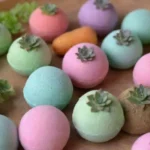 DIY Succulent Bath Bombs: Pampering with a Touch of Green
DIY Succulent Bath Bombs: Pampering with a Touch of GreenMaterial Matters
When selecting a container, consider the material. Terracotta is a popular choice among succulent enthusiasts because its porous nature allows for excellent drainage, which is essential for succulents to thrive. Ceramic containers often come glazed, which provides a striking design element but can impede drainage; therefore, it's crucial to ensure proper drainage holes exist. Glass bowls offer a modern touch and can create a visually stunning centerpiece if styled correctly, although they may require a more meticulous approach to watering to avoid over-saturation of the soil.
Size and Shape
The size and shape of your container are vital in determining how many succulents can fit harmoniously within it. In general, a bowl with a larger diameter and deeper dimensions will allow for greater spacing between plants, leading to healthier growth and display. An elegant ceramic bowl with a broad, shallow base may serve as an excellent alternative to a conventional pot. Conversely, if you're aiming for a more towering design, consider taller containers or staggered arrangements using smaller pots that stand at different heights. Ensure that your plants have enough space to grow without overcrowding, as they thrive best when their leaves can expand freely.
Personal Design Touches
Consider adding your own design touches to the container. If you're opting for a neutral-colored bowl, consider wrapping it with twine or adding decorative stones around the base. For a more eclectic look, paint the pot with colorful motifs or use textured materials like burlap or lace for a rustic charm. Remember, the container is not merely a vessel; it's a vital part of the overall aesthetics of your centerpiece.
Arranging Your Succulent Bowl
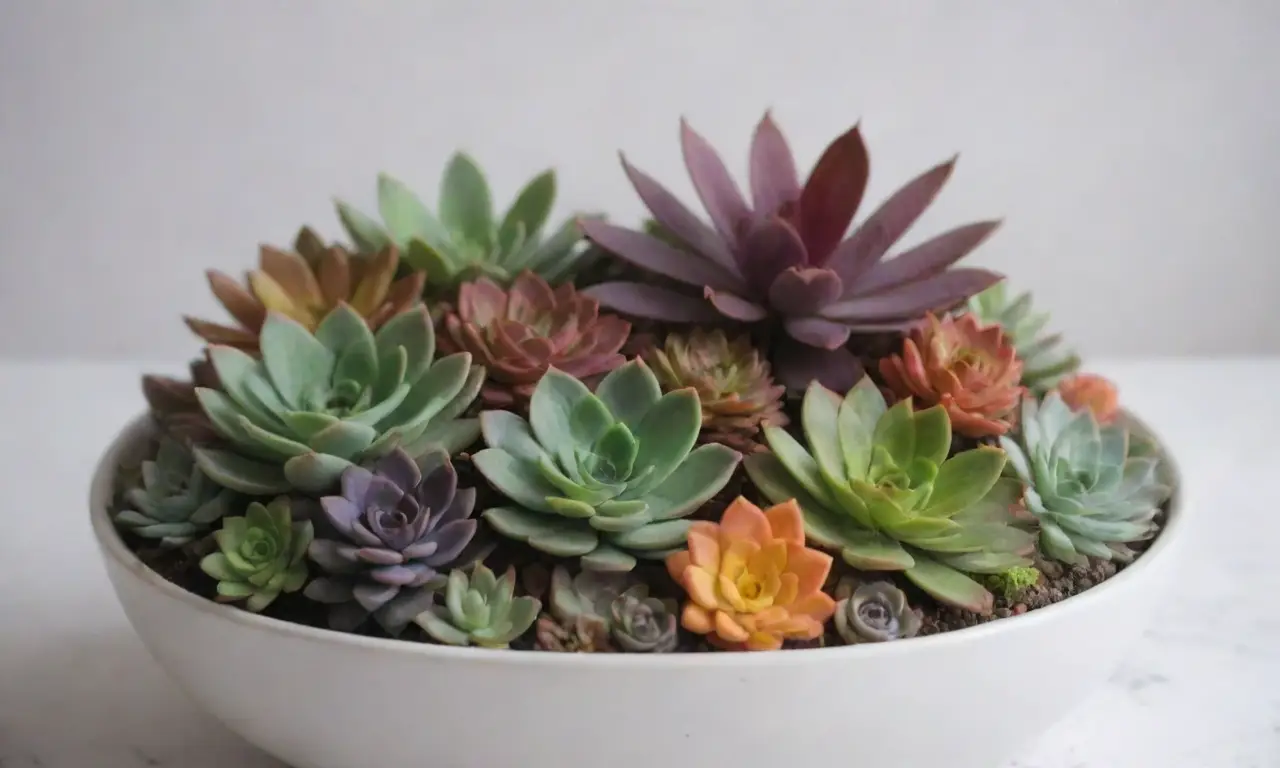
Once you’ve chosen your succulents and container, the next step is to arrange them in a way that feels balanced and artistic. The arrangement is crucial to make a show-stopping centerpiece that will catch the eyes of your guests or visitors.
Layering and Height
When arranging your succulents, think about creating depth by varying the height of the plants. Taller succulents such as Aloe can serve as focal points in the center or back of the bowl, while smaller varieties like Sedum and Echeveria can be placed in the foreground. By layering taller plants behind smaller ones, you create a sense of dimension that brings an organic and natural feel to your arrangement. Ensure that no single plant overwhelms the others; balance is key in any successful design.
Color Placement
Functioning much like a painter choosing colors for a landscape, arranging your succulents by color can yield stunning results. For instance, an ombre effect can be achieved by placing plants in graduated tones from dark to light, guiding the eyes from the back of the arrangement to the front. Alternatively, you can create a focal point by clustering all the brightest plants together while minimizing the presence of other colors. This draws attention to a specific area of the centerpiece, creating intrigue and encouraging viewers to explore the design more closely.
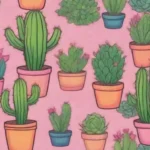 Designing a Succulent and Cactus Themed Picture Frame
Designing a Succulent and Cactus Themed Picture FrameAccessorizing
To enhance the overall look of your succulent bowl, consider incorporating decorative elements such as small stones, pebbles, or even miniature figurines that reflect your personal style or theme. Natural elements such as driftwood or moss can introduce an organic feel to the arrangement while providing additional texture. Moreover, introducing decorative elements in moderation allows for a well-rounded design, avoiding the trap of overcrowding that can detract from the beauty of the succulents themselves.
Caring for Your Succulent Bowl
Succulents are known for their low maintenance, but proper care is essential to keep them thriving and looking their best. After investing time and energy into designing your succulent bowl, ensuring it receives the right care is crucial for longevity.
Watering Techniques
Over-watering is a common mistake for many succulent owners. Succulents thrive in well-draining soil, and their water needs differ significantly from traditional houseplants. It’s advisable to water your succulents when the top inch of soil feels dry; this encourages the plant’s roots to grow deeper in search of moisture. Depending on the time of year and the humidity of your environment, you may find yourself watering every one to three weeks. Do keep in mind that drainage holes in your container will help prevent any excess water from pooling at the bottom, further safeguarding against rot.
Light Requirements
Most succulents require bright, indirect sunlight to flourish, but this can vary by species. For example, some succulents, like Jade Plants, prefer direct sunlight, while others, like Haworthia, thrive in lower light conditions. Observing your arrangement's location and adjusting accordingly is essential; if you notice your succulents stretching or losing color, it may be time to reposition them. Consider rotating your arrangement periodically to ensure each plant receives adequate light and remains balanced.
Seasonal Adjustments
Lastly, as seasons change, so may your plants' growth patterns. During the warmer months, succulents may require more frequent watering and could benefit from a nutrient boost with a diluted succulent fertilizer. In winter, succulents enter a dormant phase and need less water, which means it's easy to overdo it during colder months. Monitor your plants frequently, adjusting care based on their specific needs as seasonal cues change.
Conclusion
Designing your own succulent bowls presents a wealth of creative opportunities for showcasing these stunning plants while enhancing your living space. Through careful selection of the right succulents, thoughtful container choices, and smart arrangements, you can create a chic centerpiece that not only reflects your personal style but also serves as a conversation starter. The process of designing your succulent bowl can be both enjoyable and rewarding, allowing you to express your artistic flair while embracing the beauty of nature indoors.
As you embark on this succulent journey, remember that care for your centerpiece is equally important. By understanding your succulents’ needs—whether it be ensuring proper watering, adjusting for light exposure, or providing seasonal care—you can ensure that your creation remains vibrant and healthy for years to come.
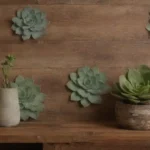 Reclaimed Wood Succulent Planters: A Rustic DIY Project
Reclaimed Wood Succulent Planters: A Rustic DIY ProjectIn a world where the hustle and bustle often leaves little room for tranquility, bringing a piece of nature into your home through succulent bowls allows for a serene oasis amid the chaos. So gather your materials, unleash your creativity, and enjoy the process of crafting a succulent masterpiece that you can cherish and admire every day.
If you want to read more articles similar to Designing Your Own Succulent Bowls for a Chic Centerpiece, you can visit the DIY Projects category.

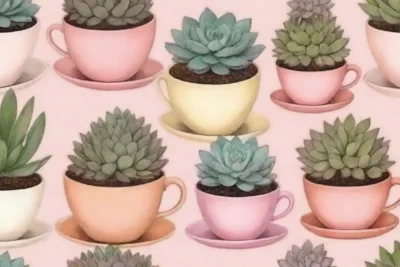
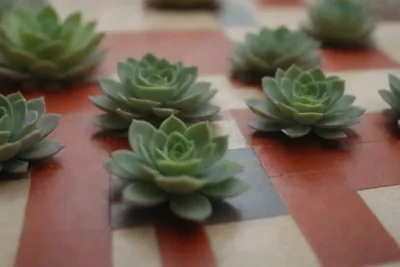

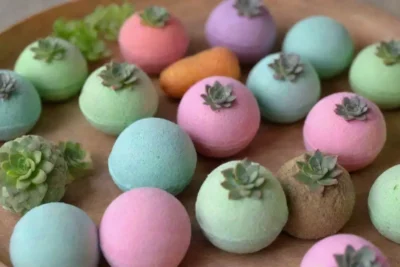
You Must Read